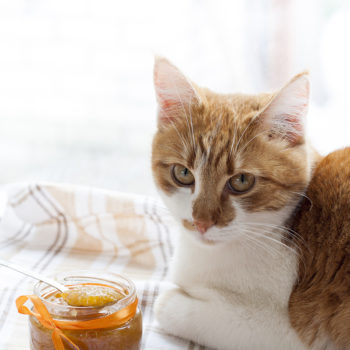In the literature of persuasion, the act of buying jam turns out to have a lot to tell us about getting more pets adopted.
We’ve written before about the so-called “paradox of choice,” and how research on jam sales as well as cat adoptions suggested that having fewer, rather than more, pets on the adoption floor at any one time will increase the total number of adoptions a shelter can do.
It turns out that jam study, originally published in 1975, had a follow-up of sorts in 1991, also about jam. (Jam is very popular with researchers.) This one looked at whether well-thought out, carefully researched decisions were better in terms of outcome than those made with less consideration.
In this study, researchers used evaluations prepared by jam experts (no, we’re serious) about five different types of strawberry jam. Then they had 35 students at the University of Washington come in for what was described as a “jam taste test.”
Some of the subjects were asked to make extensive notes and really analyze and explain why they liked some jams more than others. The control group wasn’t given any guidance about how to make a decision, nor asked to take notes. The study was repeated with a few variations, but the basic outline was the same.
You’ve probably guessed by now that the students asked to analyze and explain their decisions deviated much more from the experts than the control students, whose results aligned pretty well with expert evaluation.
You may have even realized what this has to do with pet adoption: The obvious deduction is the common animal welfare message that impulse adoptions are bad, and people should not rush to adopt a pet, but do all kinds of time-consuming due diligence.
Now, pets aren’t jam. No one needs a scientific study to tell them that. But human decisions are human decisions, whether we’re deciding what type of jam to purchase, what organization to donate to, which shoes we like best, or whether or not to adopt a pet.
And while “impulse” can indeed get humans into trouble, it can also lead them to do things that are kind, altruistic, and good — like toss money into a donation bucket, or adopt a homeless pet without first taking a course in responsible pet ownership.
So the next time an adopter seems like a good fit for a pet in your organization, don’t worry if they seem motivated as much by an impulse as analysis. The science of jam suggests that might lead to the best decisions of all.
Also of interest:

